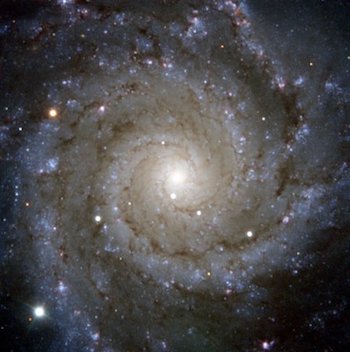ESO, Garching, Germany, 16–19 September 2019
At the turn of this decade, a number of moderate-sized telescopes were equipped with digital cameras of around 10 square degrees. The relative cost of detectors and computing had reduced to a level where rapid, real-time processing of the imaging data provided monitoring of large sky areas every few days. This revolutionised the field of time domain astronomical surveys and we have witnessed a vast array of new discoveries. The global community have mapped the solar system,

